Magazine | Voyages
Voyage ornithologique en Tanzanie, des forêts des montagnes de l’Arc oriental et de l’île de Pemba en passant par les savanes du nord
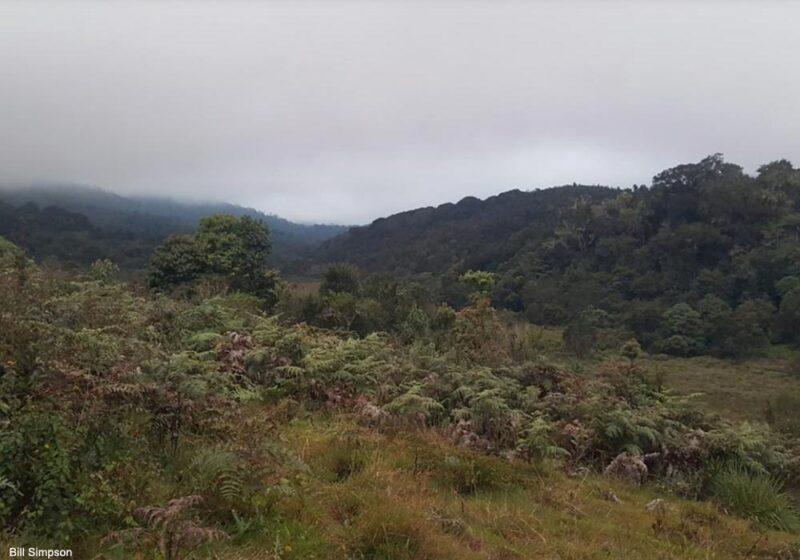
Vue des monts Udzungwa (Tanzanie).
Photographie : Bill Simpson
Introduction
La Tanzanie est un grand pays d’Afrique de l’Est bordé par l’océan Indien à l’est, le mont Kilimandjaro et le lac Victoria au nord, la rivière Kagera au nord-ouest, le Grand Rift à l’ouest et le fleuve Ruvuma au sud. Du fait de sa superficie, de la diversité de ses habitats et de la variété de son relief, son avifaune est l’une des plus riches d’Afrique, avec plus de 1 100 espèces d’oiseaux recensées, dont au moins 35 sont endémiques, ces dernières étant particulièrement bien représentées dans les chaînes de montagnes isolées de l’Arc oriental (Pare, Usumbara, Udzungwa et Mahenge) et dans les îles de Pemba et de Zanzibar (ou Unguja). Le pays est aussi célèbre pour ses vastes zones protégées du nord, notamment le parc national du Serengeti et l’aire de conservation du cratère du N’Gorongoro, où l’on peut encore voir d’immenses troupeaux de mammifères herbivores et une grande diversité d’oiseaux de savanes.
Bill Simpson y a séjourné avec quatre amis du 15 juin au 12 juillet 2022, et nous vous proposons une version française de son rapport richement illustré et riche en conseils pratiques.
Abstract
Tanzania is a large country in East Africa bordered by the Indian Ocean to the east, Mount Kilimanjaro and Lake Victoria to the north, the Kagera River to the northwest, the Great Rift to the west and the Ruvuma River to the south. Due to its surface area, the diversity of habitats and its relief, its avifauna is one of the most important in Africa and the world, with more than 1,100 bird species recorded, of which more than 35 are endemic, the latter being particularly well represented in the isolated mountain ranges of the Eastern Arc (Pare, Usumbara, Udzungwa and Mahenge) and in the islands of Pemba and Zanzibar (or Unguja). The country is also famous for its vast northern protected areas, including the Serengeti National Park and the N’Gorongoro Crater Conservation Area, where huge herds of herbivorous mammals and a great diversity of species can be seen. savannah birds.
Bill Simpson stayed there with four friends from June 15 to July 12, 2022, and we offer you a French version of his report, richly illustrated and full of practical advice.
Poursuivez la lecture de cet article, en vous abonnant dès maintenant !
Découvrez les Archives d’Ornithomedia.com
Pour seulement 10,00 €TTC/an (ou 6,00 € les 6 mois)
Profitez de plusieurs centaines d’articles en accès illimité et sans aucun engagement.
Compléments
Ouvrages recommandés
- Birds of the Horn of Africa: Ethiopia, Eritrea, Djibouti, Somalia and Socotra de Terry Stevenson, John Fanshawe et Brian Small
- Field Guide to the Birds of East Africa: Kenya, Tanzania, Uganda, Rwanda, Burundi (2020) de Terry Stevenson (Auteur), John Fanshawe (Auteur), Brian Small (Illustrations), John Gale (Illustrations)
- Birds of Eastern Africa de Ber van Perlo
- Birds of Kenya and Northern Tanzania de Dale A. Zimmerman (Auteur), David J. Pearson (Auteur) et Donald A. Turner
- The Kingdon Pocket Guide to African Mammals de Jonathan Kingdon
Source
Bill Simpson (2022). Tanzania 15th June – 12th July 2022. Cloudbirders. www.cloudbirders.com




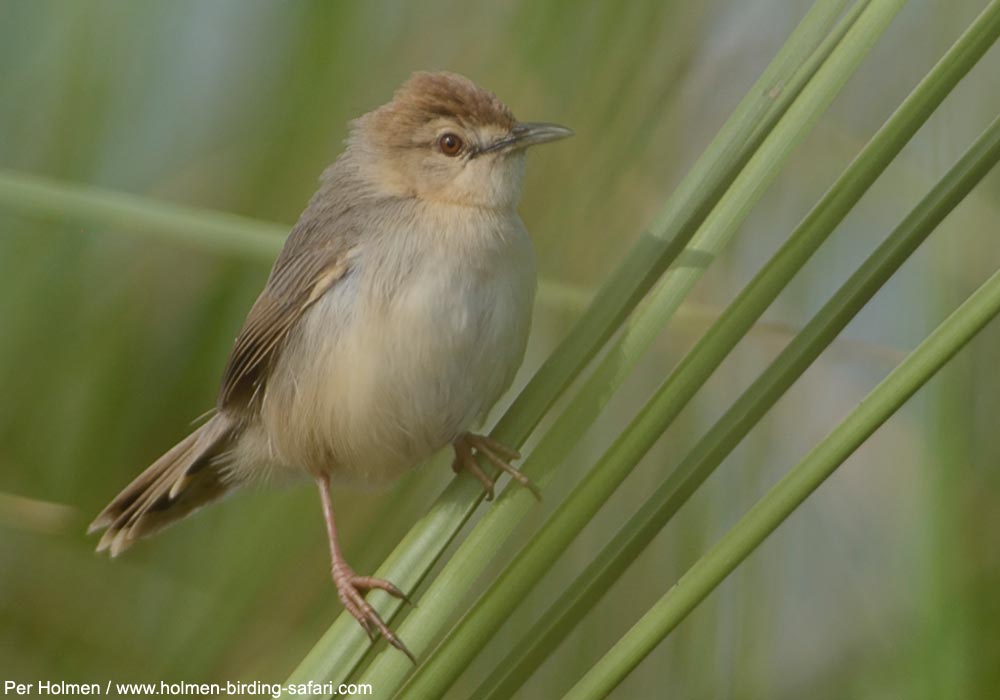
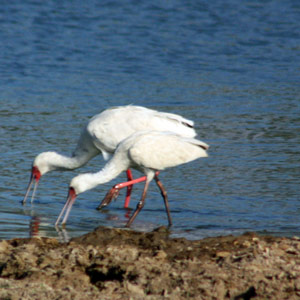
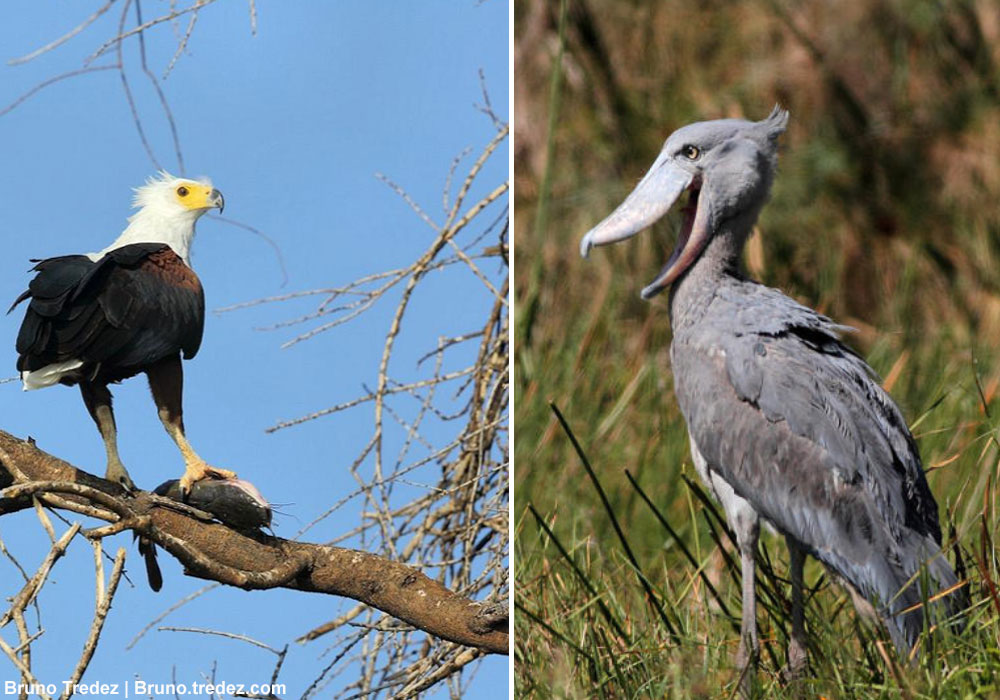
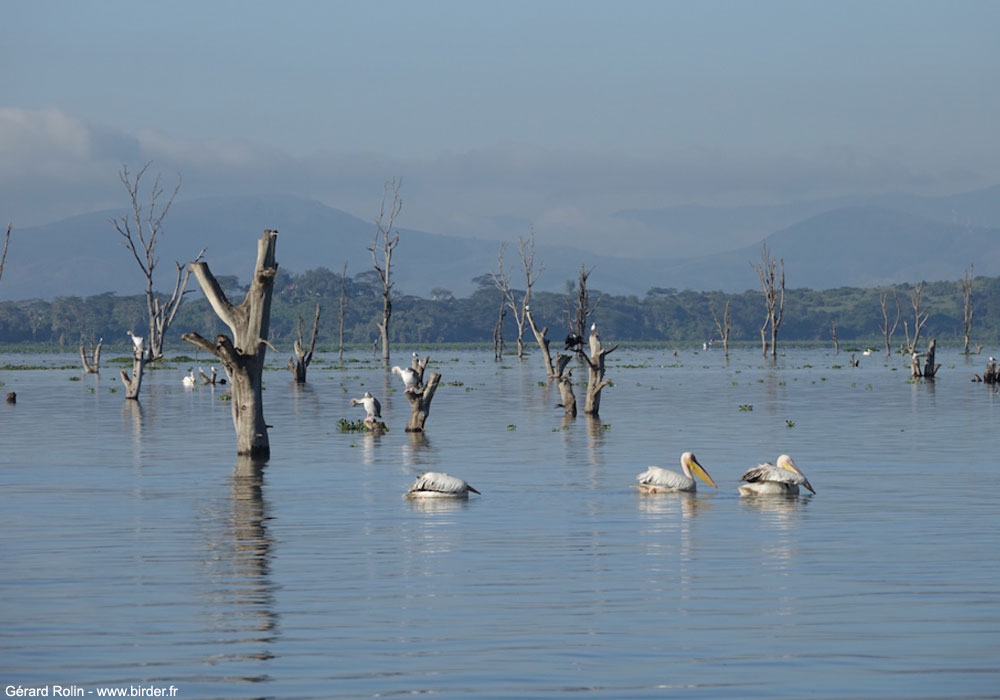
Aucun commentaire sur ce sujet
Participer à la discussion !